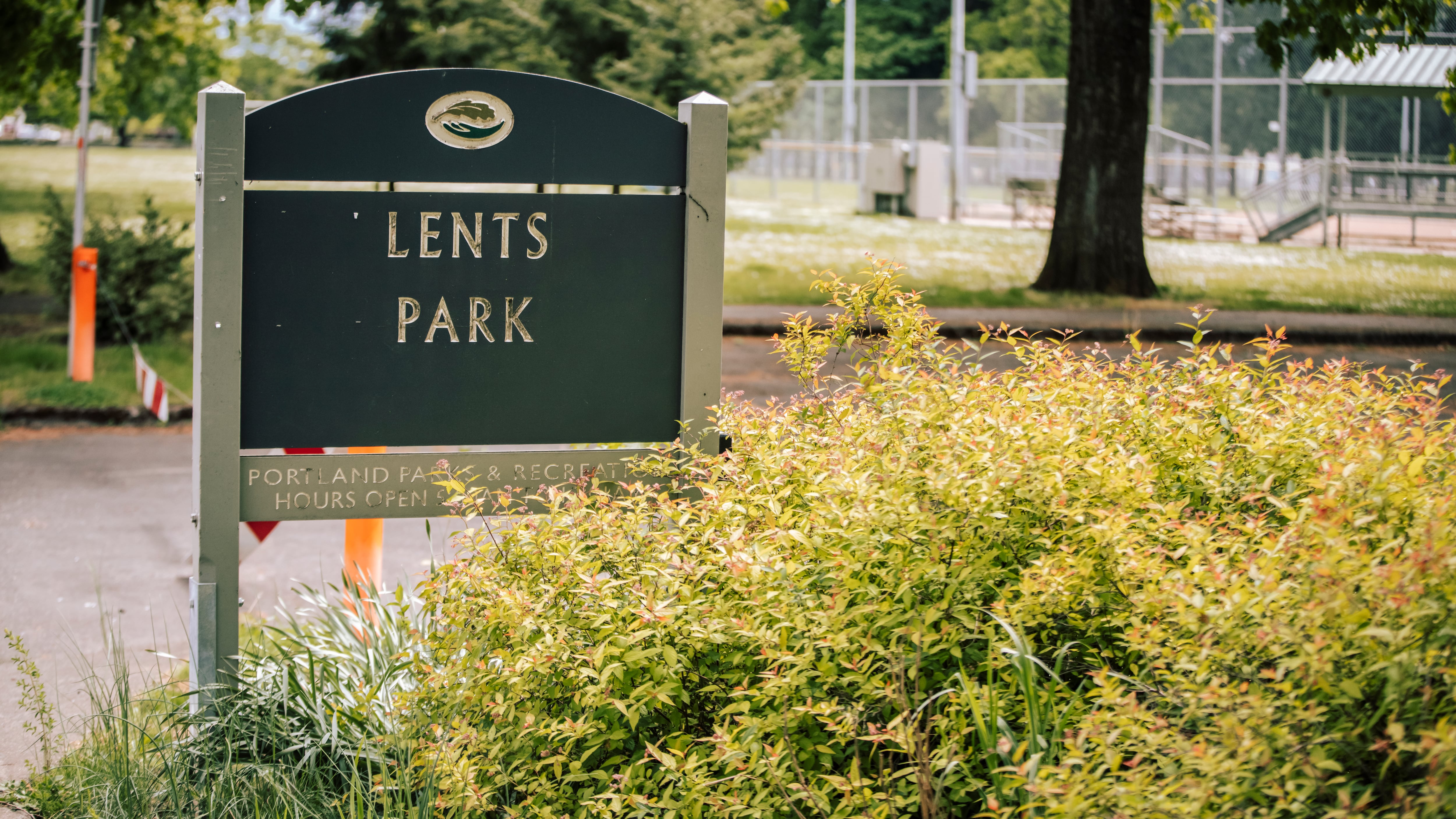In September, Portland Police Chief Chuck Lovell signed off on recommendations from a report prepared by a independent advisor that issued a shocking finding: Nearly half the time Portland police used force against a person believed to have a weapon, that person was in fact unarmed.
“Of the subjects experiencing force, 31% are reported to be armed when officers are dispatched to the scene,” the report said. “However, only 16% are actually armed, suggesting that 49% of reports of a subject being armed are incorrect.”
Yet when WW asked questions about the data underlying that sentence, the author of the Training Advisory Council’s 2020 use-of-force report said the finding was too flawed to be trusted. He blamed record-keeping by the Portland Police Bureau that doesn’t clearly distinguish whether a person was actually armed when police used force.
“We have zero funding,” said Shawn Campbell, the TAC chair who oversaw the report. “The most we have is to look at data and say, ‘Hey, this seems a little weird.’”
The Portland Police Bureau analyzes use of force patterns because the federal government requires it to do so, following a 2014 settlement agreement with the U.S. Department of Justice. The Training Advisory Council, created specifically for this purpose, compiles quarterly use-of-force reports and makes written recommendations to the chief.
TAC operates under the auspices of the Police Bureau. Its members, including Campbell, are all volunteers.
For three years, the TAC has produced a report that examines which calls led to cops deploying force against Portlanders. Last September, Lovell rubber-stamped a response to a TAC report that said 146 of the 248 people that officers used force against were believed to have a weapon but didn’t.
But Campbell now says that bombshell finding was based on shoddy data.
The Police Bureau, he says, doesn’t distinguish between an incident where the subject was reported armed by a 911 caller but actually wasn’t, or a situation in which the subject was armed but with a weapon too small or meager to pose a serious threat.
That means the bureau hasn’t provided its watchdog with data that shows how often it hurts unarmed people it believed were armed.
Campbell says he can’t get better numbers. “I stand behind the report,” he says. “It’s just that one very specific sentence in a 40-page report.”
The Police Bureau did not respond to questions from WW about why its record-keeping is so vague, or whether it still stands by the 2020 TAC report.
Correction: In a previous version of this story, WW incorrectly described Campbell as a “contractor.” He and the Training Advisory Council are independent advisors. WW regrets the error.
Cover story: How often do Portland cops respond to incorrect 911 calls about a weapon? The city doesn’t know.

